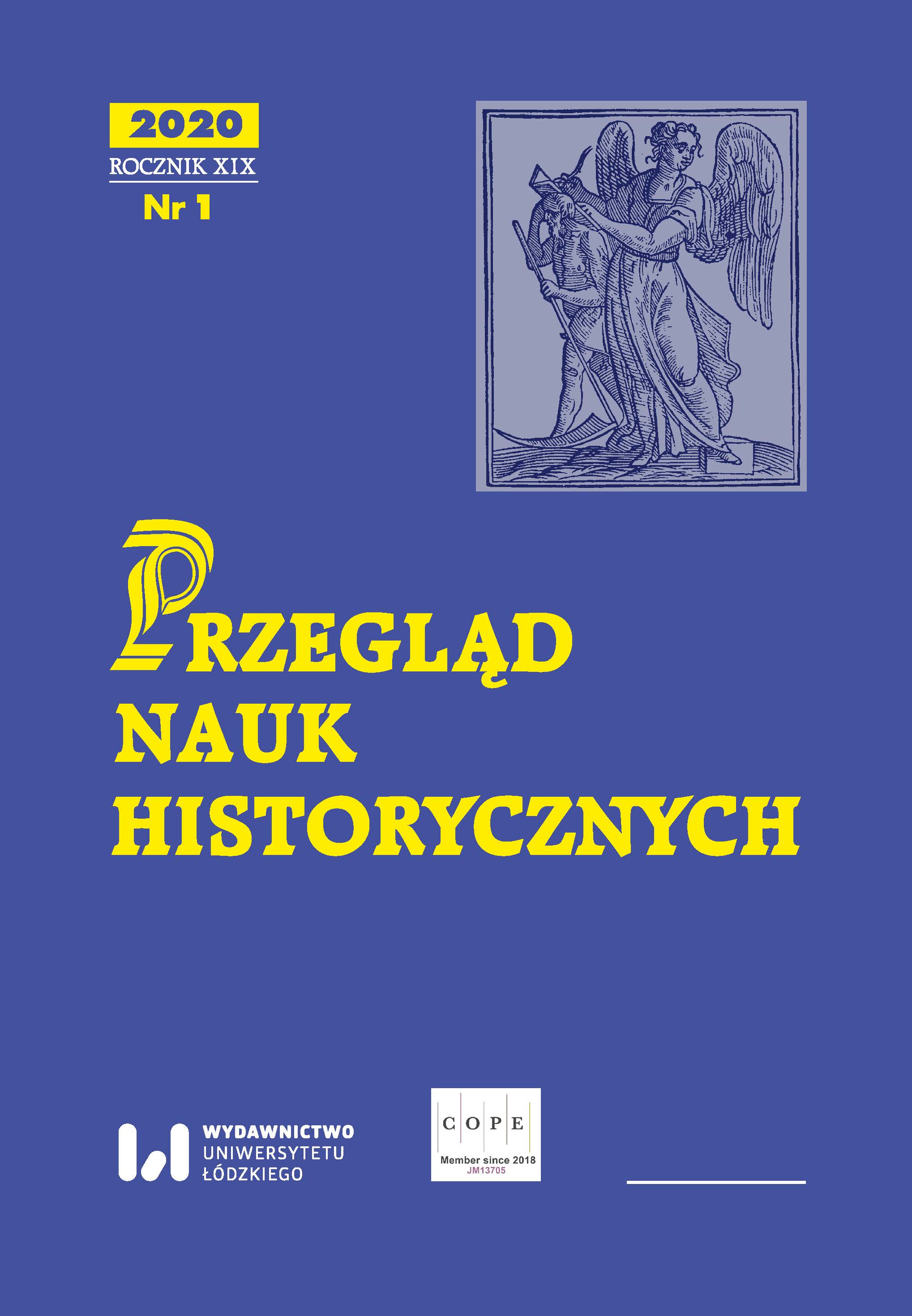„Bayreuthiana” jako źródło do badań nad historią drugiej wojny światowej w świetle sprawozdania urzędnika niemieckiego o getcie łódzkim jako case study
„Bayreuthiana” as a source to research of the Second World War in the light of reports of a German clerk from the Litzmannstadt Ghetto as a case study
Author(s): Witold StankowskiSubject(s): WW II and following years (1940 - 1949)
Published by: Wydawnictwo Uniwersytetu Łódzkiego
Keywords: Second World War;genocide policy of Third Reich;Jewish community;Litzmannstadt Ghetto;daily life in Ghetto;archival sources
Summary/Abstract: Presented article describes material, source resources as Eastern Dokumentation (Ost-Dokumentation). In the light of relations deposited in the team, author presents the living conditions of Jewish community in the Litzmannstadt Ghetto during the Second World War which was reported by the one of German clerk. This report was written after the end of the war and was placed in archival collection storaged in German city named Bayreuth. From the name of this city, author has implemented a term „Bayreuthian” for archival collections which were placed in Bundesarchiv – Federal Archive in Bayreuth in Bavaria in Federal Republic of Germany. „Bayreuthiana” is the term which had been not functioning in previous times in a Polish and German historiography. Archival collections which are there located, they are rich source of information about social history, interpersonal relations, German-Polish relations during interwar period, also Second World War, and after 1945. Undoubtedly the „Bayreuthiana” in the form of written reports, they are subjective. However, they are a still specific source of information. One of this kind of report has three pages and is about ghetto in Łódź. Friedrich Prager is the author and what is more, he was a clerk of higher administrative level during war. After war he was living in Garmisch-Partenkirchen and in 1955 his report was made. In his report, he shows Litzmannstadt Ghetto, daily conditions there, daily life, and behaviors of Jewish community. He has tried to present normal living conditions of Jews and also to show functioning of different institutions such as grocery stores, pharmacies or hospitals.
Journal: Przegląd Nauk Historycznych
- Issue Year: 19/2020
- Issue No: 1
- Page Range: 263-278
- Page Count: 16
- Language: Polish

